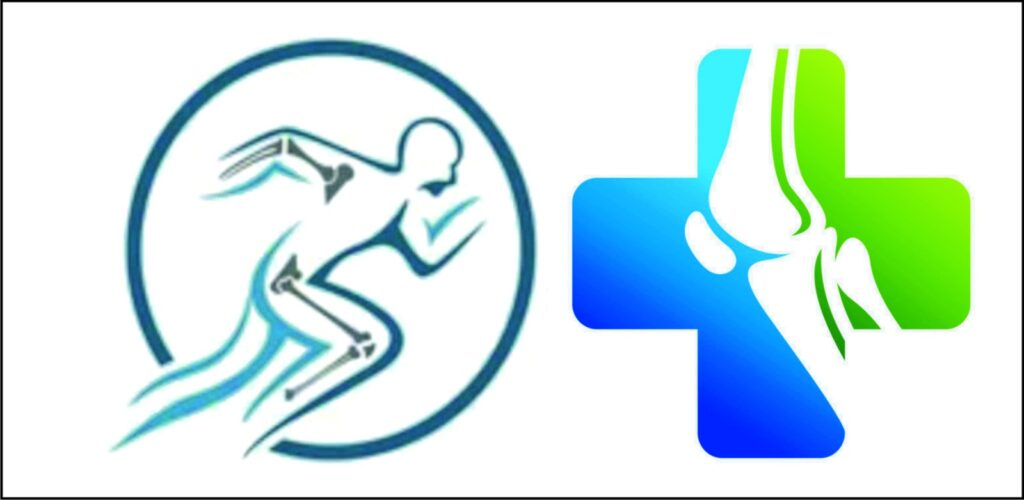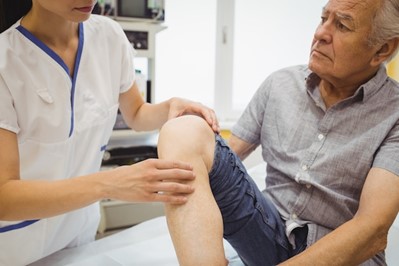A PCL (Posterior Cruciate Ligament) injury refers to damage or tearing of the ligament located at the back of the knee joint. This ligament plays a vital role in stabilizing the knee by protecting the tibia (shin bone) from moving too far backward relative to the femur (thigh bone). PCL injuries commonly occur due to direct impact to the front of the knee, hyperextension of the knee, or twisting forces applied to the knee joint.
Symptoms
- Pain and tenderness
- Swelling and stiffness in the knee joint.
- Instability
- Difficulty bearing weight
Grades of Injury
- Grade I: Mild sprain with slight stretching or microscopic tearing of the ligament fibers.
- Grade II: Moderate sprain with partial tearing of the ligament fibers.
- Grade III: Severe sprain or complete tear of the ligament.
Diagnosis
- Medical history and physical examination
- Imaging studies such as MRI (Magnetic Resonance Imaging) or CT (Computed Tomography) scans to visualize the ligament and assess the extent of injury.
- Arthroscopy: Minimally invasive procedure where a tiny camera is used to view the inside of the knee joint directly, allowing assessment of ligament damage.
Treatment
Conservative management:
- Follow RICE (Rest, ice, compression, and elevation to reduce pain and swelling).
- Physical therapy exercises to improve knee strength, stability, and range of motion.
- Use of knee braces or supportive devices to protect the knee during activities.
Surgical intervention:
- Indicated for severe PCL tears or cases where conservative measures fail to provide relief.
- Surgical techniques may include PCL reconstruction using autografts (tissue from the patient’s own body) or allografts (donor tissue).
Complications
- Chronic knee instability, leading to recurrent injuries or early onset of knee osteoarthritis.
- Limited range of stiffness in the knee joint.
- Persistent pain and functional limitations, especially in cases of untreated or inadequately managed PCL injuries.
Prevention
- Preparing your muscles and ligaments with a warm-up and stretching before engaging in physical activity is important to prime your body for exercise.
- Use of appropriate protective gear, such as knee braces or padding, during high-risk activities.
- Avoidance of risky movements or activities that place excessive stress on the knee joint.
A PCL (Posterior Cruciate Ligament) injury is damage to the ligament at the back of the knee. Prompt treatment, either through conservative measures or surgery, is crucial for recovery. With proper care and rehabilitation, individuals can regain knee stability and function, minimizing long-term complications


